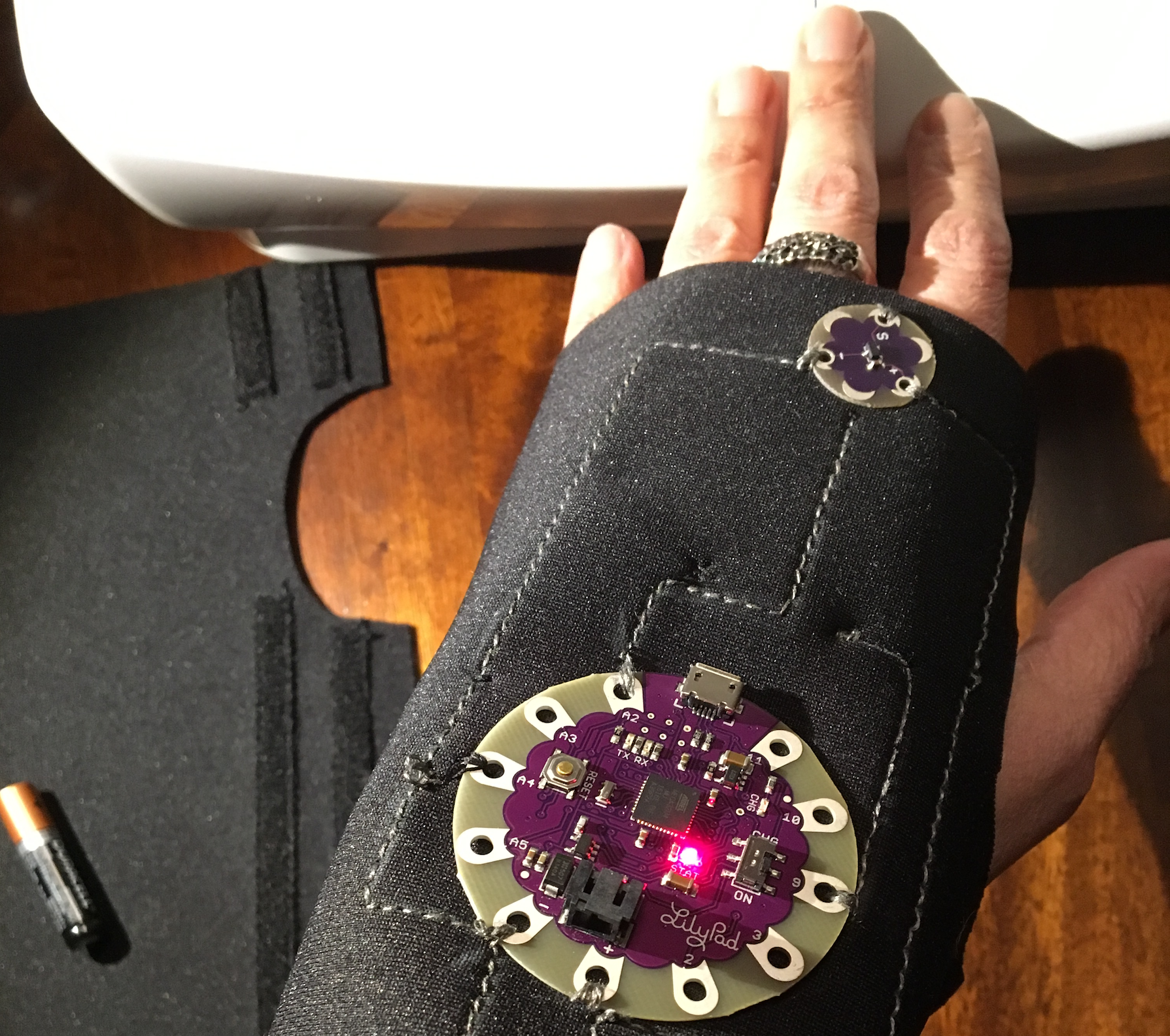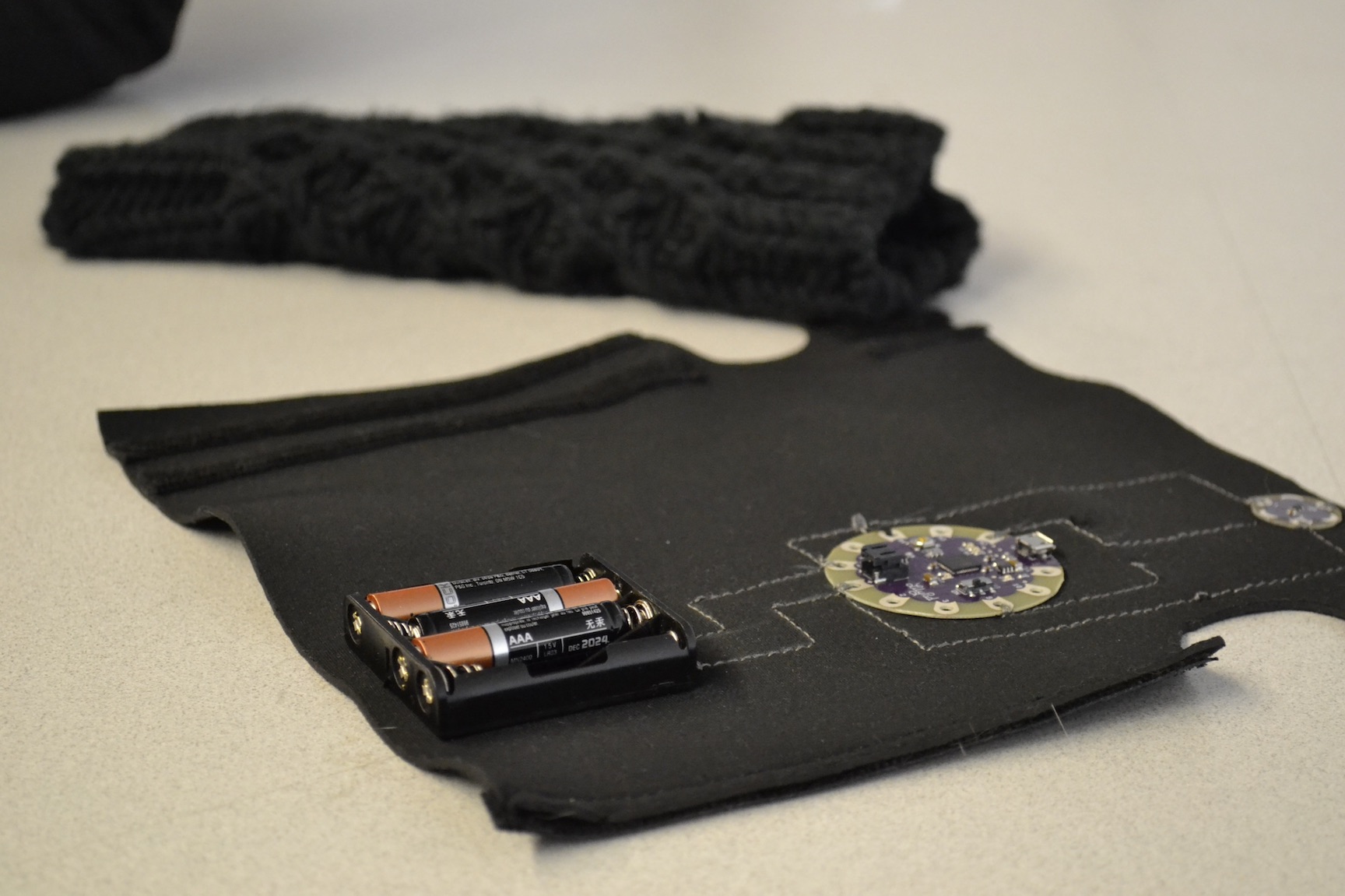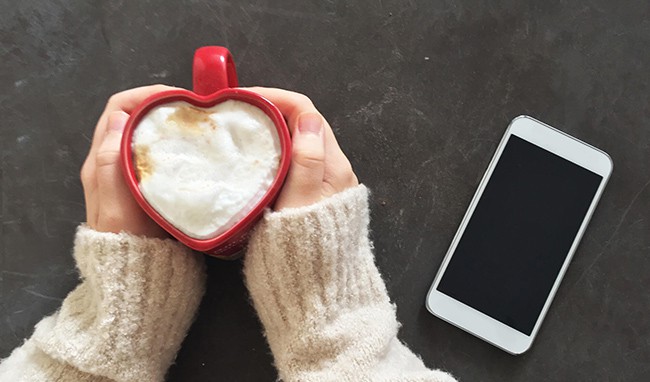Member Julia (mjguimaraes), a product designer in Montreal who’s living with Raynaud’s disease and multiple autoimmune conditions, is creating hand-warmers and other smart gear intended to help patients. She even involved fellow PatientsLikeMe members in shaping her first product. What’s in the works? Check it out!

Helping (Cold) Hands
Julia is originally from Brazil and began to notice symptoms of Raynaud’s while she lived there (especially in air-conditioned spaces), but her symptoms got much worse when she moved to chilly Canada. Doctors officially diagnosed Julia with Raynaud’s disease three years ago. She’s also living with rheumatoid arthritis, asthma and other conditions.
Raynaud’s is a vascular (blood vessel) disorder that causes ischemic attacks (lack of blood flow), usually in the hands and fingers, feet and toes, ears and nose. This makes them feel cold, numb and/or painful and turns them white or pale.
“Winter is when it becomes really hard to cope with,” Julia says, but she noted that it’s an issue year-round because of air conditioning.
“When you have an attack, it isn’t only your fingers, your entire body feels cold,” she says. “Even with a lot of layers, it’s not enough. When you’re at home, you can find a lot of blankets. When you’re working, it’s hard to find ways of coping. I see that my production slows.”
Julia’s product development work is a side job for now. Her day job is a UX (user experience) designer, so she frequently needs to use her hands. But having cold hands means it’s harder to type because her fingers don’t respond as expected. So she spends a lot of time finding ways to get warm, from standing up and moving around to getting hot coffee.
“It looks like half of my day is about looking for ways to warm myself,” she says.
She needed something smarter — beyond blankets and beverages — to warm her extremities.

From Project to Product
Julia was a student at Concordia University when — with Raynaud’s in mind — she came up with the idea of a “smart” hand-warmer for a project for her class called Wearables. Her program, Computation Arts, “explores the intersection of design, art and technology.”
“I had so much good feedback [in class],” she says of her hand-warmer project. “Then one day I thought, ‘Wow — why couldn’t I find a way of having these available for people?”
Sensors and smart technology are all around us, so Julia wondered, “Why not make something that helps us [our bodies] as well?”
Julia has teamed up with two partners to launch a small company called TotumTech, with the “Hands-On-Warm” hand-warmer as the first product they’re spearheading (with hopes to expand to other products and health conditions later on).
Her two partners live with and are caregivers to people with invisible illnesses, so they have their own experiences with understanding day-to-day life with health conditions.
“It’s hard because people look at you and don’t think you have a disease: ‘You look well. You look great. Why are you telling me that you’re sick?'” Julia says (echoing other PatientsLikeMe member’s experiences). “It’s hard for people who have these kinds of problems.”
“That’s why our focus is on these people,” she says. “Our value proposition is that we are looking to [help] people with invisible disabilities — to help them cope with their limitations, regain their productivity, have relief, and improve their quality of life.”
PatientsLikeMe Member Feedback
Julia’s first prototype of the hand-warmer was a proof-of-concept of her invention — a wireless, fingerless glove with built-in hand-warmers — and it worked well for her personally, she says.
Seeking to research other patients’ perspectives (and not promote an existing product — an important distinction per our user agreement), Julia sought permission from PatientsLikeMe to ask members in the forum for feedback on their Raynaud’s disease and her product idea.
“It was great that people were super-interested,” she says, noting that members were very open and some want to get involved in user testing.
By end of winter, Julia is aiming to finish the second (“smart”) prototype of the hand-warmer — which users should be able to control using their smartphone and set up their own comfort levels for different environments. In the spring, TotumTech is hoping to start user testing with the product. Then by summer, the business might launch a Kickstarter campaign.

Comfortable and Confident Again
Talking with fellow patients further fueled Julia’s interest in making in product a reality. Medications are just part of the picture in treating many conditions, so people are seeking different solutions to problems in their daily lives.
“We constrain ourselves from doing things because we are concerned about being cold,” Julia says of people with Raynaud’s. “My hope and my goal would be that this product will help people to regain this confidence and say, ‘OK, I can go to this place — I can go to a cinema and not freeze…and go to the frozen foods section and make my choice of food, without wearing full gloves.”
The current model of the “Hands-On-Warm” device fits under knit fingerless gloves or cuffs. TotumTech is working on designing different models to make them even more discreet.
“So my goal is that we can feel comfortable and confident again that our limitation is under our control, and not the other way around,” she says.
What kinds of inventions or devices could help you live better day-to-day with your condition and symptoms? Join PatientsLikeMe or log in to talk with members about this topic! Connect with Julia on PatientsLikeMe or through her company website.

